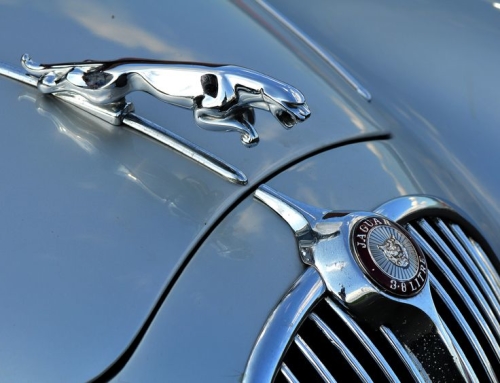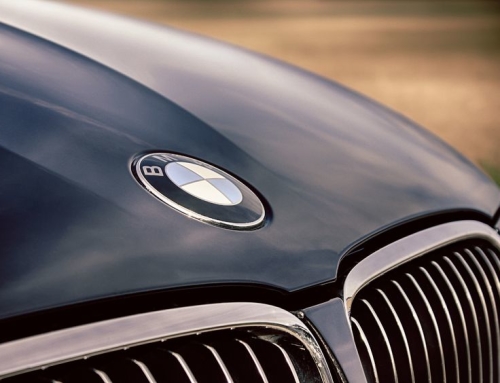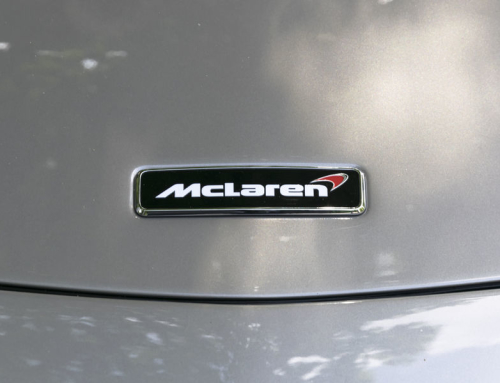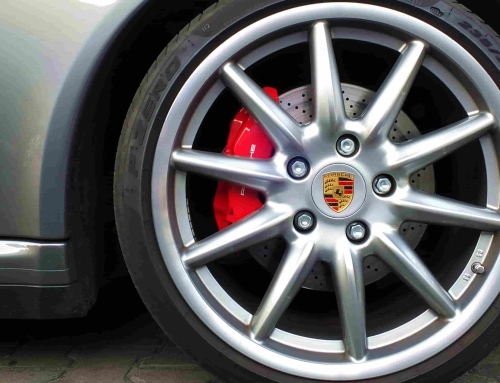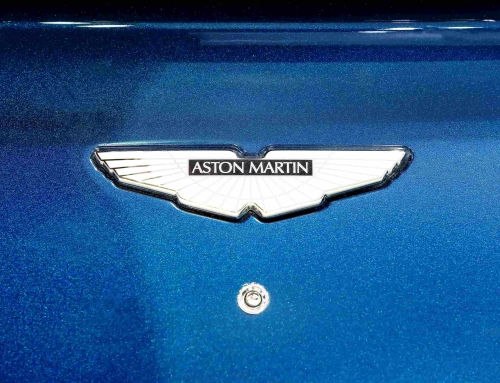There are many iconic sports cars manufacturers in the world. But, one that arguably stands out above the rest is Ferrari. The name is synonymous with style, high performance and motorsport.
The Italian car maker has a long and rich history. Take a journey back in time with us as we discover what makes Ferrari such a much-loved car brand in the world.
The beginning
The company’s official story dates back to the late 1940s, just two years after the end of World War II. It got founded by Enzo Ferrari, who lent his name to the firm. Born in Modena, he devoted his entire life to building road and track cars.
Before he founded the Ferrari company as we know it, he first started building racing cars back in the 1920s. He was even an official driver and racing team manager for Alfa Romeo in 1924. In 1939, he decided to quit working for Alfa Romeo and set up a business, “Auto Avio Costruzioni”.
It might surprise you to learn that his business wasn’t involved with the production of cars! His firm built tools and airplane accessories. He couldn’t use his name for the company as part of an exit deal brokered with Alfa Romeo. That’s because the team he headed with them got named “Scuderia Ferrari”.
Before he started building cars under the Ferrari moniker, in 1940 he created a race car: the Tipo 815. As you may have guessed, it got based on a Fiat vehicle. It made its debut at the 1940 Mille Miglia but, because of the war, it had little competition.
In 1943, Enzo Ferrari moved his factory from Modena to Maranello, where it remains. The bad news for him was that his factory got bombed by Allied forces a year later but got rebuilt in 1946 after the war. When the factory got rebuilt, provision got made for road car production.
1947 saw the first Ferrari road car built: the 125 S. Under the bonnet was a Colombo 1.5-litre V12 engine. Weighing just 650 kilograms, the car produced an impressive 118 brake horsepower.
It was a SOHC design, with three double-choke Weber carbs. The engine got bolted onto a five-speed manual gearbox. That was unusual for the time, as four-speeds were more common.
The Ferrari 125 S first made its debut at the Piacenza Circuit in May 1947. It also won the Rome Grand Prix at the Terme di Caracalla Circuit. Just two examples of the Ferrari 125 S got built.
The origins of the Ferrari logo
Most people around the world will recognise the famous prancing horse as Ferrari’s logo. But, did you know that it has heroic origins?
Back in World War I, it got used as a personal emblem by an Italian air force pilot, Francesco Baracca. He had it painted on the fuselage of his plane.
Once the war ended, Baracca agreed to allow Enzo Ferrari to use the symbol. The “Cavallino Rampante” (Prancing Horse) was then adopted by Scuderia Ferrari, his racing team.
Enzo Ferrari placed the symbol on a yellow shield to honour his hometown of Modena. He also added the Italian tricolour.
Ferrari’s company structure
Back in 1963, Ford approached Enzo Ferrari with a view to buying out his company. The deal got stopped when he realised that he would no longer run the business. Shortly afterwards, Fiat approached him with a more flexible deal, one that he accepted.
The new deal enabled Enzo Ferrari to also keep a 10% stake in the company. After his death in 1988, his stake got transferred to his son Piero. When the Fiat deal got brokered, they agreed to a 50% stake in the business. By 1988, that stake rose to 90%.
Grand tourers
Much of the car’s model line-up comprises of grand tourers or “Gran Turismo” two-seaters. Ferrari’s first road cars were front-engined vehicles, a tradition that continued until 1973. At that time, the company decided to build mid-engined cars instead.
In 1996, Ferrari went back to making front-engined cars again. The first model to adopt the “original” engine location was the 550 Maranello. Ferrari still continues to build front-engined cars.
The company uses three different acronyms to describe the various grand tourer styles. They are as follows:
- GTB – Berlinetta (sporty coupe);
- GTC – Coupe; and
- GTS – Spyder (convertible).
The latter acronym, the GTS, also got used on Ferrari’s mid-engined, targa top models.
Mid-engined models
During the 1970s through to the 1990s, Ferrari adopted a mid-engined set up with their cars. The first such model to introduce the new style was the Dino, built from 1968 to 1974.
The cars often had V6 and V8 engines, rather than the V12s used in earlier models. Ferrari also made 2+2 models of its mid-engined cars. They were the GT4 (1974 to 1980) and the Mondial (1980 to 1993) models.
There were a couple of V12 mid-engined models produced as well. The Berlinetta Boxer got built from 1973 to 1984. There’s also the Testarossa, built from 1984 to 1996.
Supercars
Ferrari aren’t just known for their racing history and their standard model line-up. The Italian car maker also built some supercars too. The first ever Ferrari supercar was the 1962 to 1964 250 GTO. Just 39 models got produced. It sported a 300 brake horsepower 3.0-litre V12 engine, connected to a five-speed gearbox.
At the time, the GTO cost $18,000 brand new to buy. These days, the car is a sought-after collectible. One notable example was the model owned by Sir Stirling Moss. Back in 2012, he sold his GTO for a whopping $38.1 million in a private sale!
Other notable supercars built by Ferrari include the F40 (1987–1992) and the Enzo (2003-2005). The latest supercar built by Ferrari is the “LaFerrari”, which ended production this year.
It’s a hybrid supercar, featuring a 789 bhp 6.3-litre V12 engine. It’s connected to a seven-speed dual clutch automatic gearbox. The powertrain also has a 161 bhp electric motor.
As you can see, Ferrari has a rich tapestry in the automotive world. It’s no wonder that their cars are a hit with people around the world!


